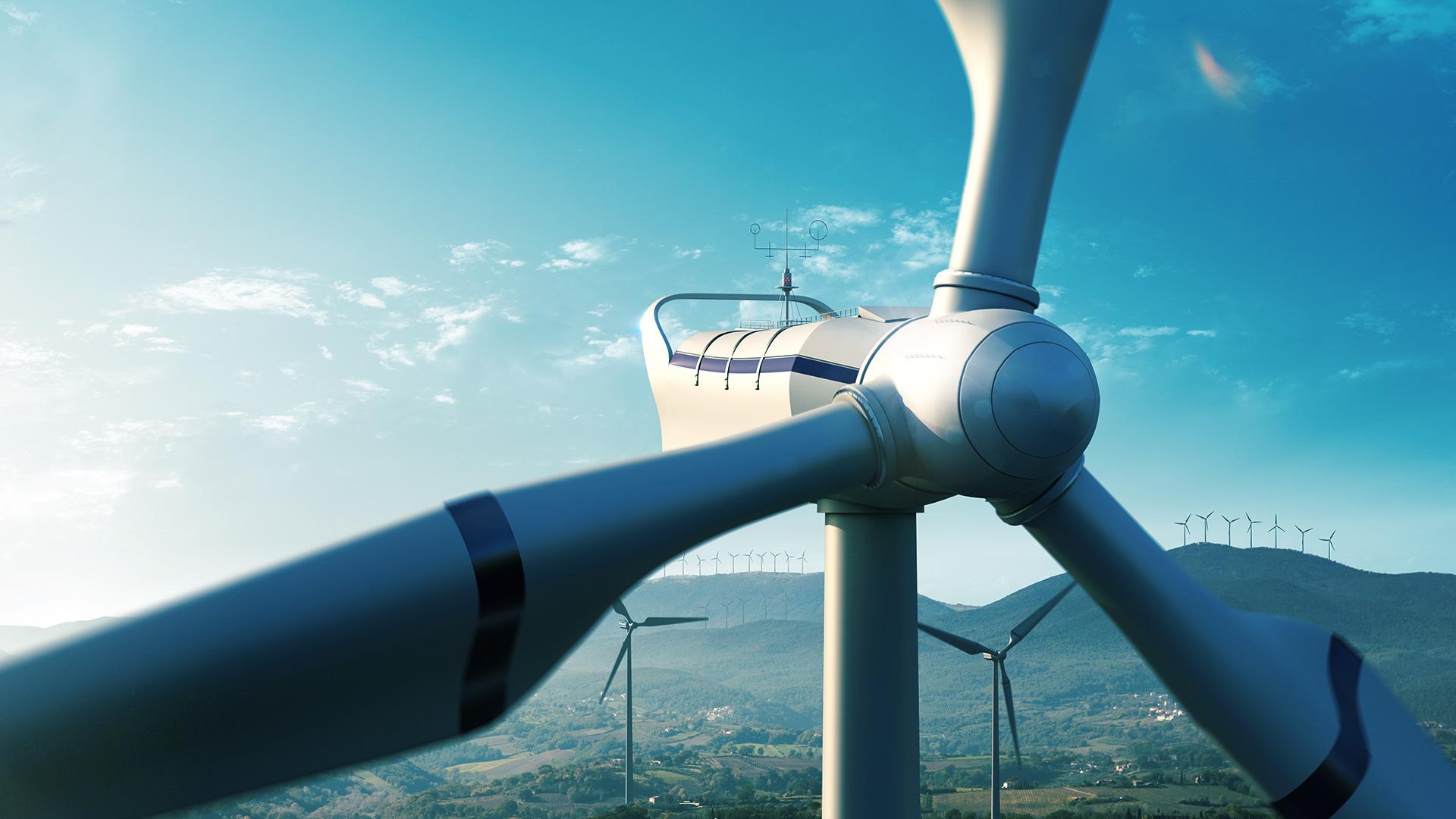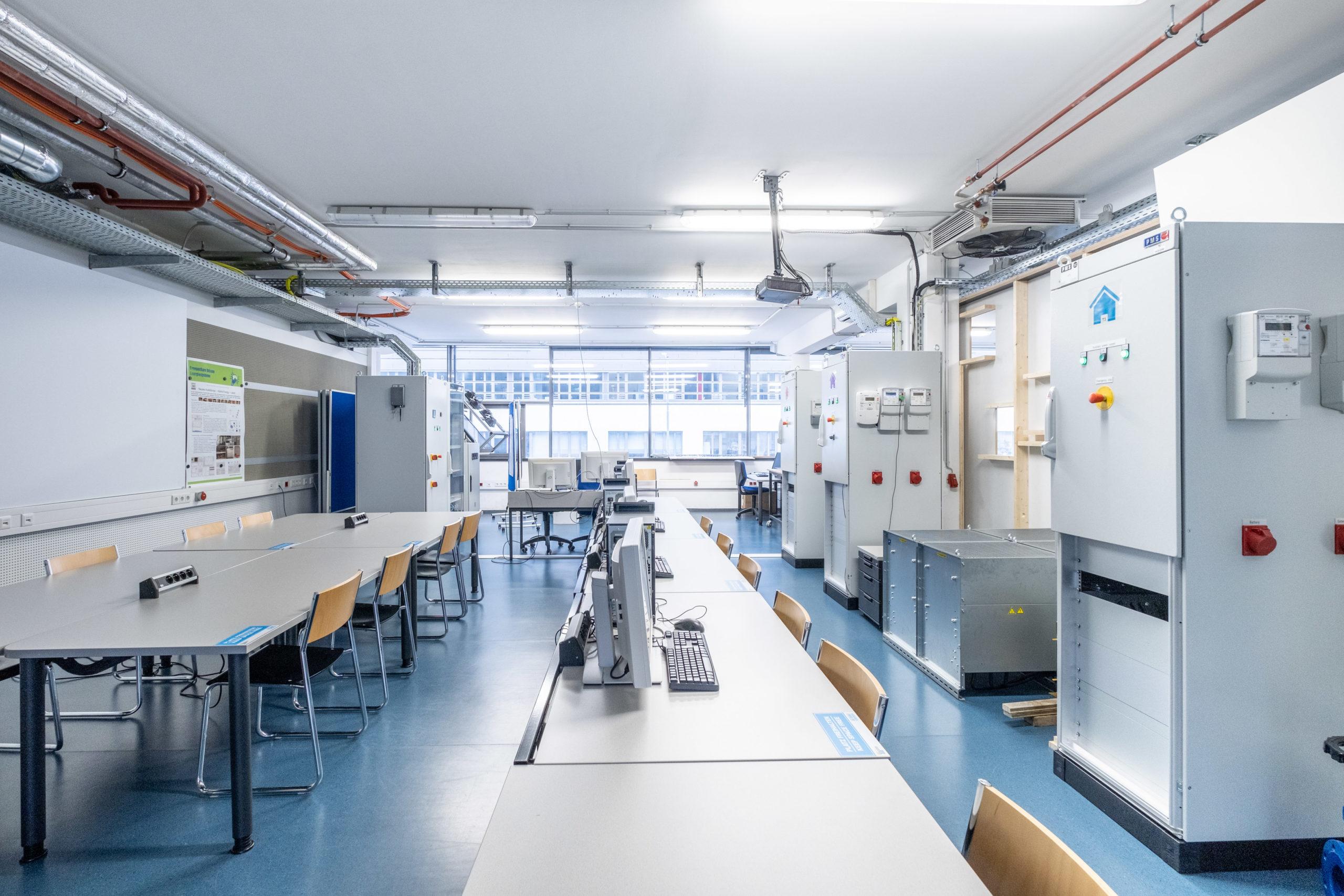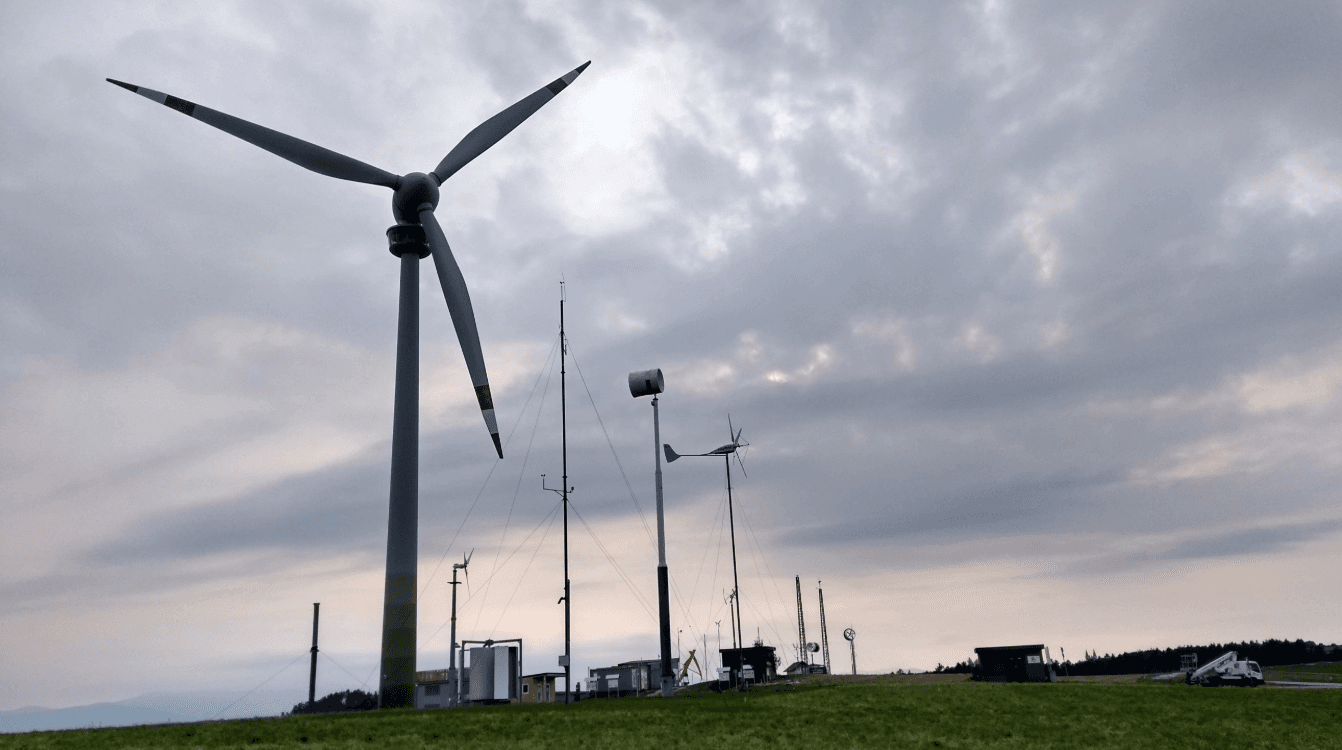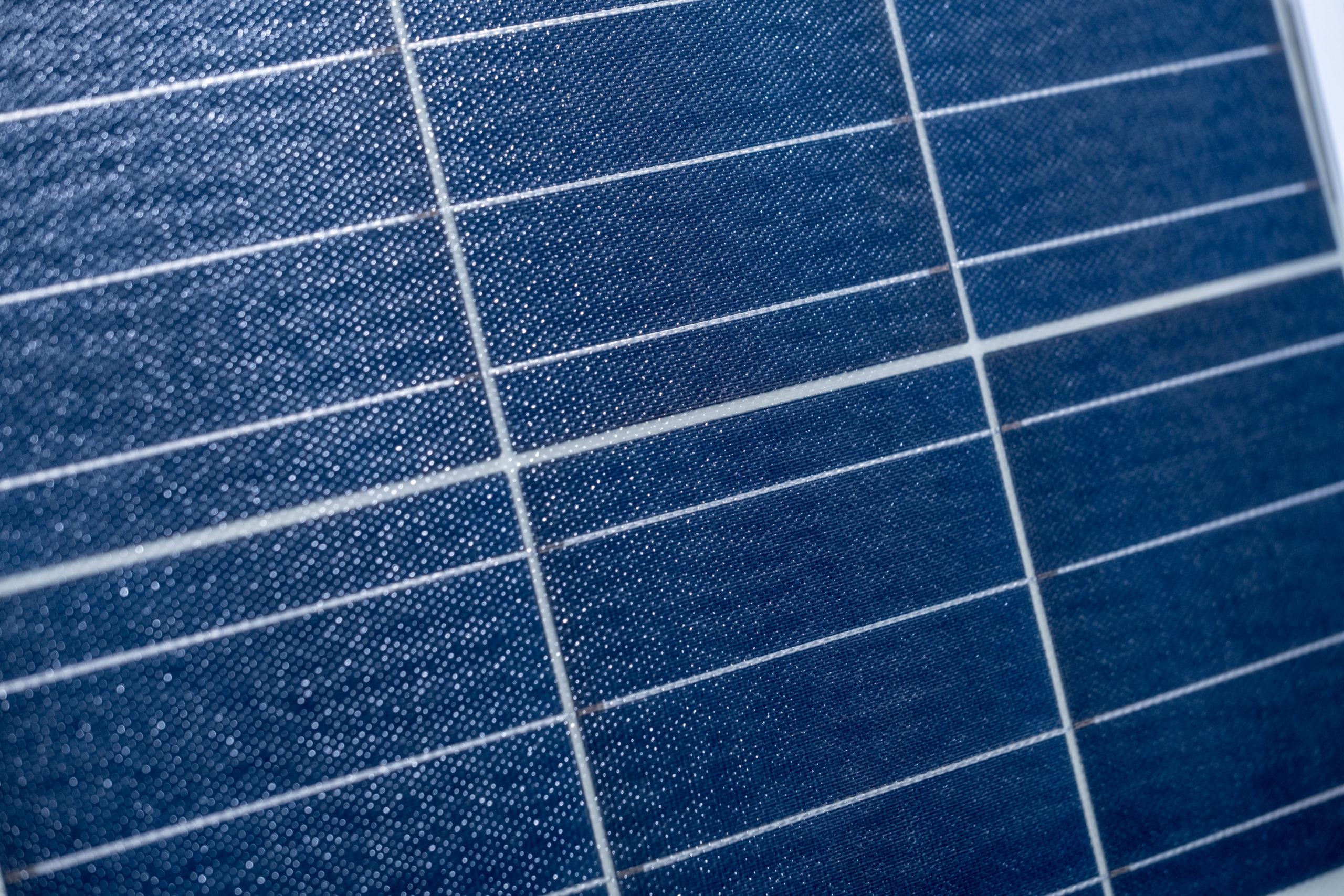Application deadline: May 31, 2024 | Applications with relevant final documents outside the EU: March 31, 2024.
Energy Technology for the Urban Environment
The use of energy in urban environments will change radically against the backdrop of ambitious climate protection goals, and renewable energy will be the focus in the future. The Renewable Energies degree program provides the basic technological knowledge needed to put this change into practice. From the analysis of energetic opportunities to the planning of building services systems and the networking of individual areas in the modern city, graduates master a wide range of skills and are therefore in great demand. There is also the option of completing a double degree program with LAPIN AMK in Finland.
Program
Contents
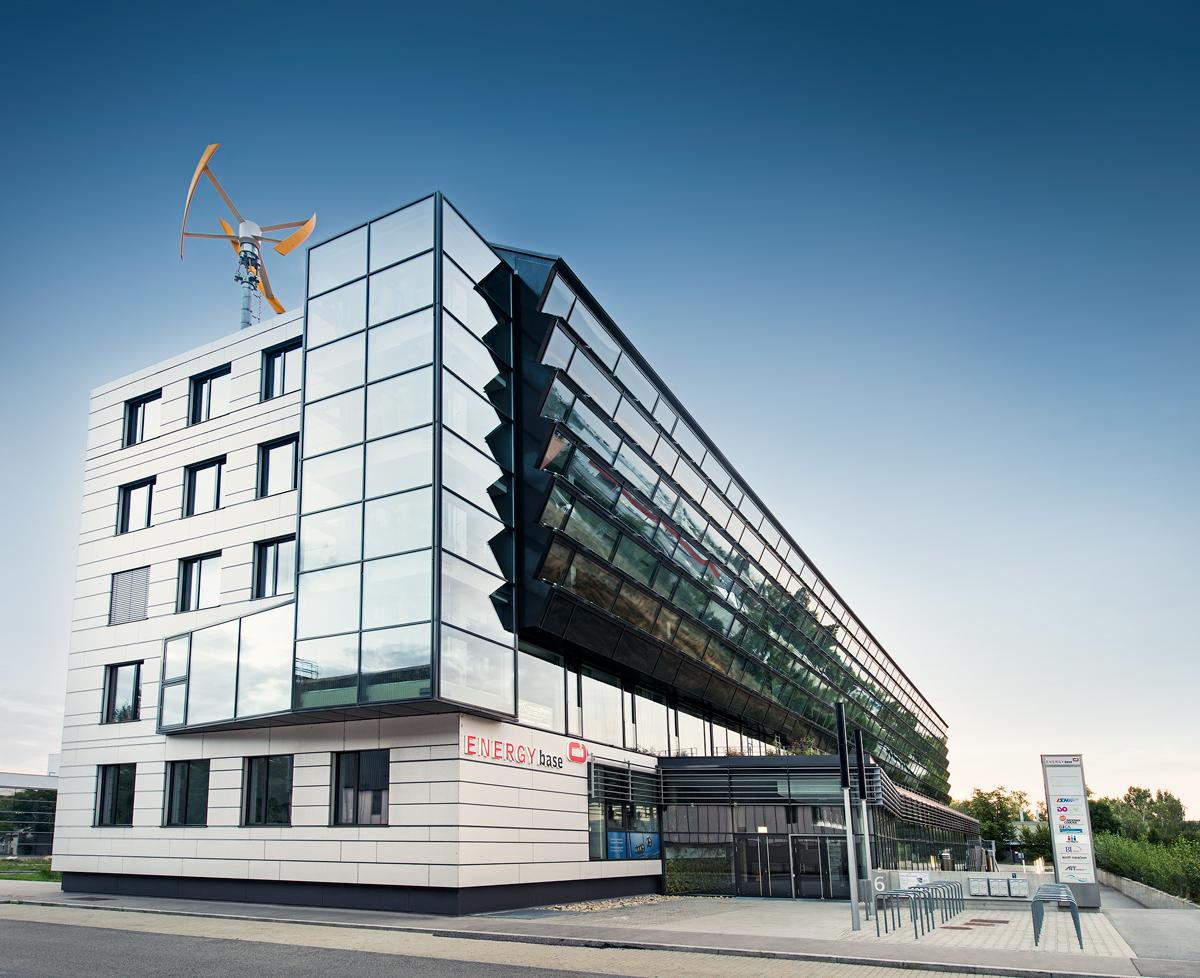
ENERGYbase
Facts
- Start of semester: September
- Costs per semester: € 363.36 tuition fee, € 24.70 ÖH fee; € 3,000 Tuition fee for students from third countries: exceptions and information
- 20 hours/week
- Work placement
- a Bachelor thesis
- Duration: 180 ECTS-Points, 6 Semester
- Possibility for a semester abroad
- ECTS in English: 36
- Recommended semester abroad (optional): 4, 5, 6
- Available Double Degree program(s): Lapland University of Applied Sciences
Career Prospects
Graduates are employed in industries such as energy supply, construction, mechanical engineering or wholesale. They work, for example, as energy consultants, control engineers or production managers. Typical tasks include plant planning in the field of renewable energy, interface planning in energy, building and construction technology or the planning of energy networks.
General Information
Requirements
For a bachelor’s degree program at UAS Technikum Wien, you should have a certain technical interest and have completed the school-leaving examination. A relevant professional qualification is also considered to fulfill the admission requirements.
Flexibility
UAS Technikum Wien offers
- extensive use of modern didactic methods
- optimal combination of on-site teaching and online-supported self-study phases.
Students have the oppurtunity
- to organize their learning activities with a high degree of flexibility in terms of time and place,
- to learn guided by virtual learning paths and to voluntarily self-check their own learning progress,
- to study in an application- and solution-oriented manner.
Our students are prepared for independent lifelong learning in their careers.
Internationalization
Starting in 2022/23, internationalization will play an important role for students at UAS Technikum Wien and will become a fixed component of every curriculum. The possibilities are diverse and adapted to the different circumstances of the students: from excursions lasting several days to semesters abroad, from acting as an International Buddy for others to writing the Bachelor thesis in English. All bachelor students complete at least 5 ECTS from a wide range of measures.
News from this Program
Contact

Program Director Renewable Energies
Senior Lecturer/Researcher

Administrative Assistant Urban Renewable Energy Technologies
Download
Application
The next step to study Renewable Energies is to apply via our online application system:
- The entire application process is handled via a dedicated application website.
- Your data is stored securely and is being treated with strict confidentiality.
- A registration system makes it possible to start an application and complete it at a later point in time.
- Once you have entered your user data and uploaded documents, you can also use them for subsequent applications.
